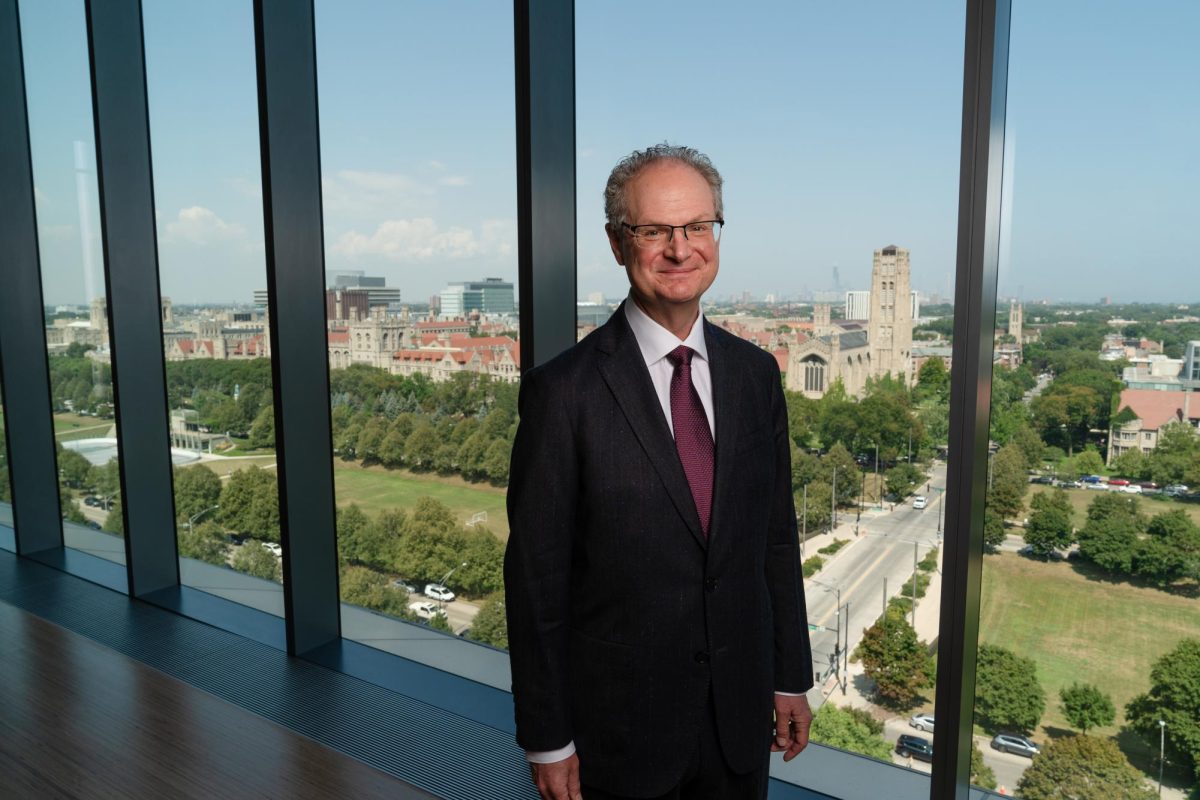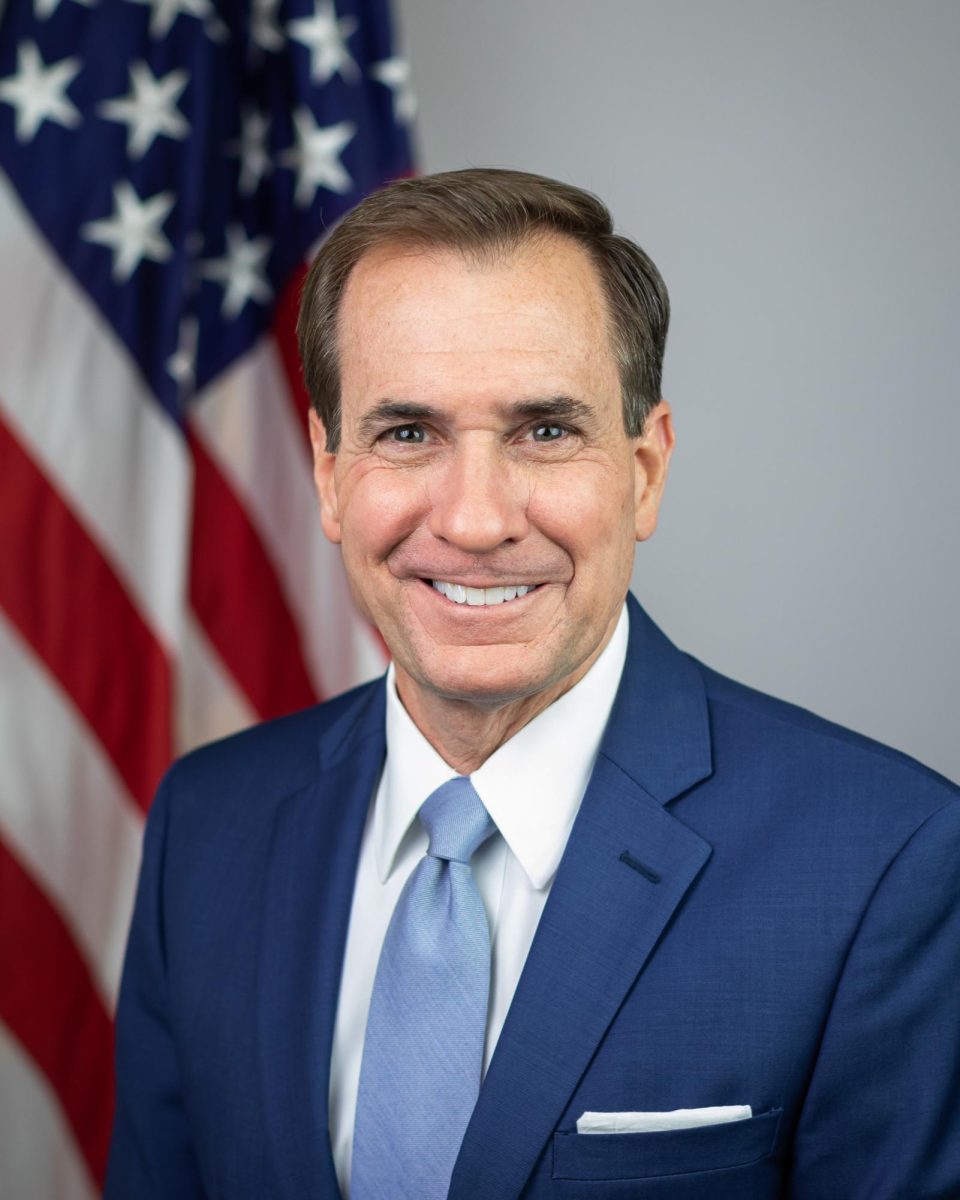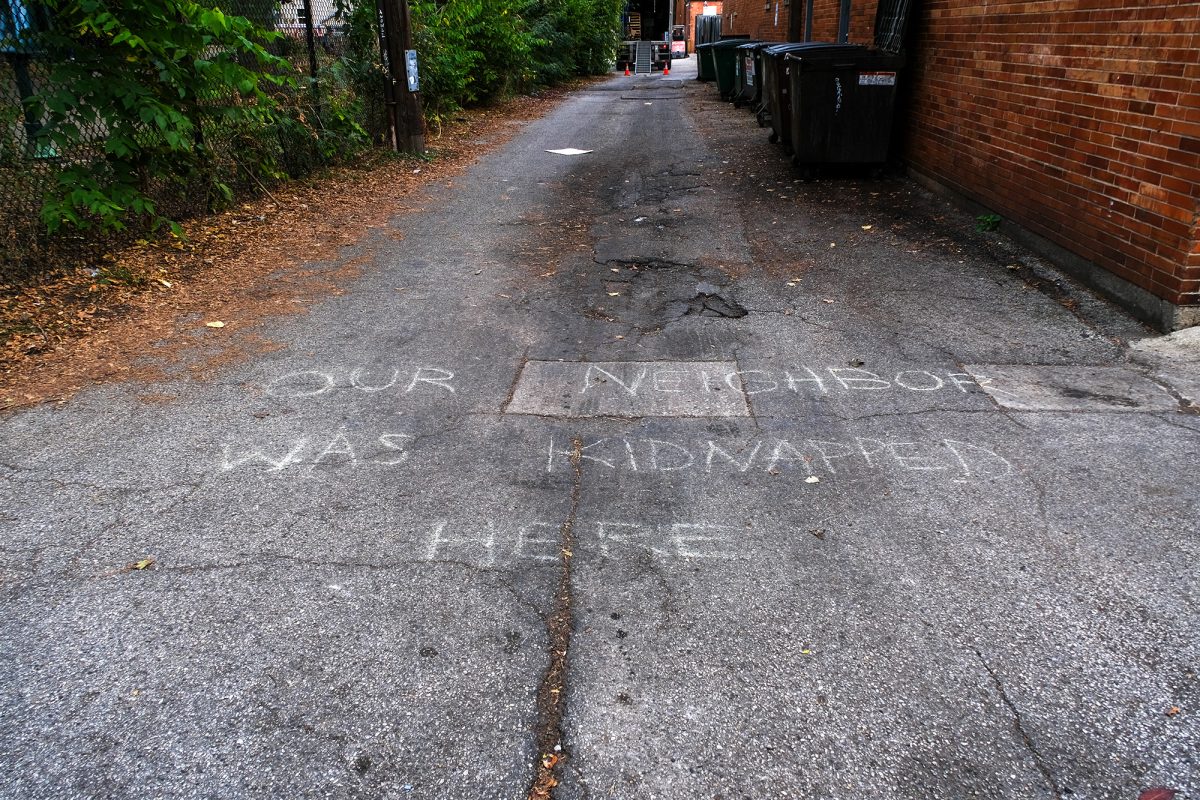In its first major effort to support renewable energy sources, the University signed a two-year contract last month agreeing to purchase wind power for use in the undergraduate residence halls.
“We’re the first education institution in Illinois to sign on board for wind energy,” said Chris Keating, director of Residence Halls and Commons (RHC). “We made a choice to support green renewable energy sources. We’re making a statement and making a commitment.”
Ten percent of the electricity used in undergraduate housing will now be substituted with wind power, according to Keating.
This choice will cost the University an additional $160,000 a year, which is “not a significant expenditure” when compared with the $1,990,000 spent annually on gas, steam and electricity, according to Cheryl Gutman, deputy dean of students in the University for housing, dining, and transportation.
However, the purchase does not mean that electricity produced on wind farms will be directly piped to undergrad dorms, Keating said. The money goes toward buying “wind credits” from the supplier, he said, allowing them to put wind-generated electricity on the power grid, which otherwise would have been generated by a non-renewable fuel.
“It’s designed to provide support to alternative energy,” Gutman said. “It’s highly symbolic.”
Paul Copleman of Community Energy, Inc., the company providing the University’s wind credits, said that the University’s purchase is part of a growing trend that has “colleges and universities at the forefront.”
“Any purchase of wind energy is a statement of leadership and has a direct environmental and public health impact in the region,” Copleman said. “Some [universities] are interested in taking a leadership role, some are interested in setting a good example some have felt it was important to walk the walk.”
He added that the company has sold wind power to over 50 colleges and universities, mostly on the East Coast, since starting the company in 2001.
Ted Steck, chair of the environmental studies program, said that the University’s purchase had more than just environmental value.
“It’s education, it’s not just a matter of money or energy,” he said. “Part of the outlook that students will acquire here is how to live an environmental life.”
Steck said that there is no real downside to the purchase of wind power. “People say, don’t birds get killed in those wind turbines? Yeah, but birds get killed by skyscrapers. So it’s not a big threat to biodiversity.”
Describing the initiative as a “win-win solution” to the pressing issue of global warming, Steck suggested that fraternity houses hold competitions among themselves to see who could buy the most wind power.
“I’m always optimistic,” he added.
According to Community Energy, Inc., the wind power purchased by the University is to be harnessed at the Crescent Ridge wind farm in northwestern Illinois. Its website, while admitting that it has been called “a blight on the landscape,” shows off its “state-of-the-art turbines” and addresses issues such as noise levels, the possibility of ice being thrown off the windmills, and contingency decommissioning plans.
The funding for this purchase will come from money saved by the use of compact fluorescent light bulbs as well as lowered heating in student housing, according to Quinn Bernier, co-chair of the University’s Sustainability Council. The initiative is the product of collaboration between the Sustainability Council and RHC.
Keating plans to distribute the compact fluorescent light bulbs in five dorms: the Shoreland, Blackstone, Snell-Hitchcock, Maclean, and Broadview. These energy-saving bulbs use only a quarter of the electricity used by traditional incandescent light bulbs.
“I think what the University’s doing demonstrates a commitment to a broader community than just Hyde Park,” Bernier added.








